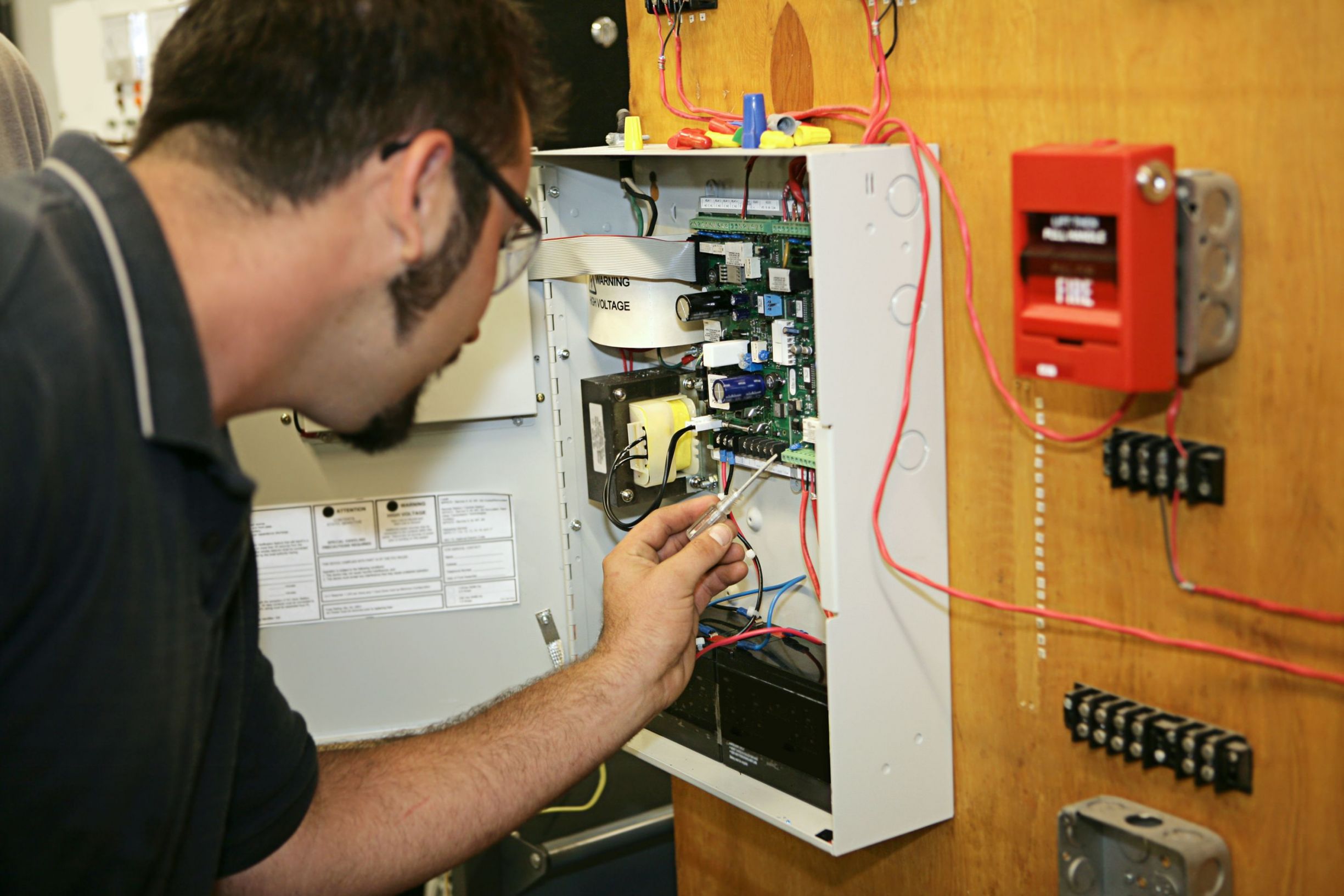When deciding on an x-ray tube, a foremost and critical consideration is the packaging or encapsulation, which can include silicon potting. Encapsulation is fundamental to such performance characteristics as radiation shielding and high-voltage isolation.
Silicon Potted Tubes
Silicon potted X-ray tubes have a silicon rubber encapsulation that lends certain attributes, including electrostatic isolation and component stability.
In contrast to bare tubes, which typically involve integration concerns, including insulation, filament and high voltage connections and power-supply integration, potted X-ray tubes commonly do include appropriate connections along with potting properties, making them easier to integrate.
A drawback to silicon potted tubes, however, is heat dissipation. Consequently, the tubes work best in low-duty-cycle and low-power applications, not uncommonly around 15 watts.
Applications for a Silicon Potted Tube
An x-ray tube in general consists of a vacuum tube capable of converting electrical power into X-rays. The penetrating properties of this controlled form of radiation allow inspection of partly opaque items and facilitate industrial inspection and structure and material analysis.
Silicon potted X-ray tubes provide a stabilized source that is useful in thickness gauging for such thin and homogenous materials as paper, plastics and metals.
X-Ray Tube Experts
Micro X-Ray Inc is a world-class designer and manufacturer of X-ray tubes and associated applications and solutions, including integration for high voltage power supplies and cooling options, glass tubes and shielded and packaged tubes.
To learn more about silicon potted tubes and their applications, contact the experts at 831-207-4900 or visit Micro X Ray Inc today.


